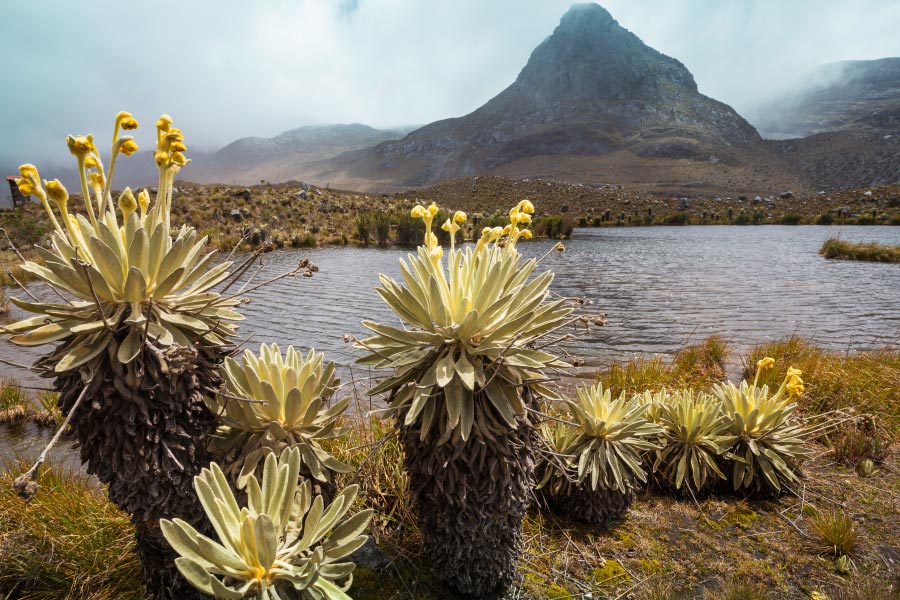
The 5 Economic Activities that Consume the Most Water Worldwide

Hello, my friend
Thank you for reading our article and we invite you to visit our blog. Knowing more about the role that water plays in our planet is necessary.
There are economic activities that require a lot of water
Water, an essential resource for life on our planet, is facing increasing pressure due to excessive consumption in various economic activities. Understanding how this consumption is distributed is fundamental to address the problem of water scarcity in many regions of the world.
The following are the 5 economic activities that consume the most water globally.

1. Agriculture
Leading the ranking, agriculture accounts for approximately 70% of the world’s total water consumption. This sector relies heavily on crop irrigation, especially in arid and semi-arid areas, where significant volumes of water are required to sustain agricultural production.
Which agricultural activities consume the most water?
Rice: This staple cereal in the world’s food supply is one of the most water-intensive crops, with an estimated 1,380 to 7,000 liters of water per kilogram of rice produced. This is because rice is grown mainly in flood systems, where water remains in the field for much of the growing cycle.
Alfalfa: Used mainly as fodder for livestock, it is another crop with high water consumption, requiring between 800 and 2,500 liters per kilogram. Its demand is due to its extensive root system and its tolerance to salinity.
Sugarcane: The production of sugarcane for the production of sugar and other sugar products consumes between 1,500 and 3,400 liters of water per kilogram.
Cotton: Cotton cultivation, used mainly for the production of textile fiber, requires between 8,000 and 22,500 liters of water per kilogram. This is due to the arid conditions in which it is usually grown, together with the textile processing processes.

2. Industry
In second place, we find industry, which consumes about 20% of the planet’s freshwater.
Which industrial activities consume the most water?
Energy generation: This process of generating energy consumes a lot of water, since in hydroelectric plants, water is used to move the turbines that generate electricity, while in thermal plants, it is used to cool the combustion processes.
Chemical industry: The manufacture of chemical products, such as fertilizers, pesticides, plastics and pharmaceuticals, requires water in various processes, including dissolving raw materials, washing equipment and generating steam.
Paper industry: Paper and cardboard production consumes large volumes of water, mainly in the pulp and paper processes, where water is required to soften the wood, wash the pulp and form the paper sheets.
Textile industry: The manufacture of textiles, such as cotton, wool and polyester, requires water at various stages of the process, from the washing of raw materials to the dyeing and finishing of fabrics.

3. Domestic Use
Although the domestic part is not in itself an economic activity, water consumption in this area represents approximately 10% of the global total. This category includes water used for drinking, cooking, bathing, washing clothes and watering gardens.
It should be taken into account that domestic water consumption depends on various factors, such as climate, economic income and cultural patterns in each region.
YOU MAY BE INTERESTED IN: The hydric zero day

4. Mining
Mineral extraction also contributes significantly to global water consumption, accounting for about 4% of the total. Ore washing processes, machinery cooling and dust control are some of the mining activities that demand large quantities of water.

5. Tourism
Finally, we find the tourism sector as an important activity that has a significant impact on water consumption, accounting for about 3% of the global total.
Hotels, restaurants, swimming pools and even golf courses, tourism requires water to meet the needs of travelers and maintain tourist infrastructures.




